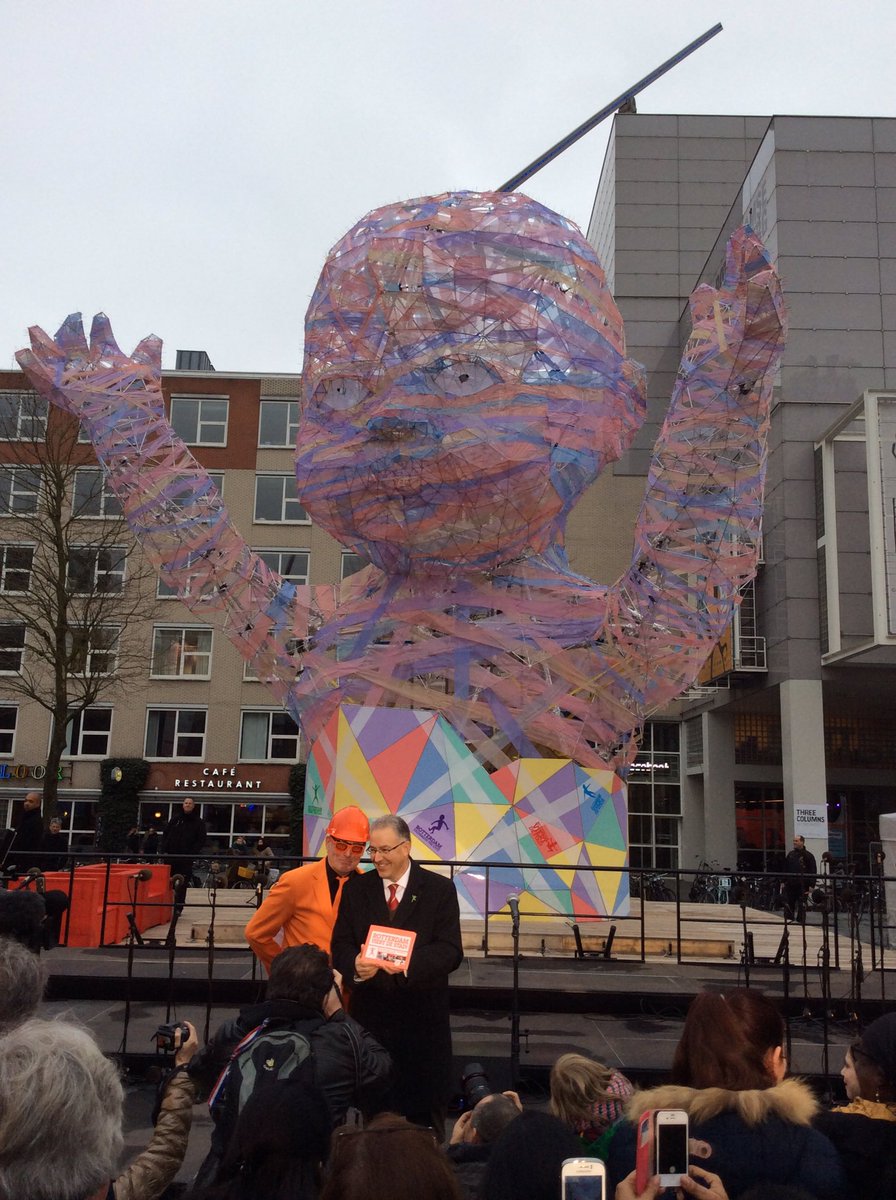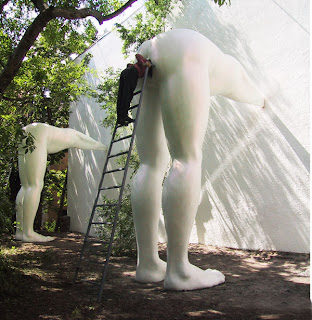Catherine Pollock
ART 381
22 February 2017
{Sim}ulation vs. {Human}ity
The interplay between gaming and reality is a being that is not fully understood. The line between simulation and actuality is often blurred; as gaming advances it becomes more like life as we know it. As life progresses, more games are created and more time is spent gaming. By analyzing similarities and differences between reality and gaming, a new perspective of the relationship between the two can be obtained.
In Gamer Theory, McKenzie Wark discusses the imbrication of life and games. He states, “Games are no longer a pastime, outside or alongside of life. They are now the very form of life, and death, and time, itself. These games are no joke. When the screen flashes the legend game over, you are either dead, or defeated, or at best out of quarters.” By this, Wark means that life is comprised of many games, games we are constantly winning and losing. Games consist of a goal, and without a goal it is just play. We form goals in our lives, big and small, subconsciously and consciously. Our efforts reflect our desire to achieve, but achievement is not always a universal goal.
Rules are a guiding factor as to how we obtain our goals. Rules are present in life and in games, and are often unavoidable. Breaking rules in reality usually constitutes punishment and shame, but these do not defer rule breakers. Breaking rules when gaming is known as cheating, and the same moral compass defers some but not all. While some disregard rules, others disregard goals. A trifler lingers and wanders, not to achieve but merely to explore. Bernard Suits stated, “Triflers recognize rules but not goals, cheats recognize goals but not rules.” These two character types exist as beings of both worldspace and gamespace. One who uses cheat codes in a game values personal achievement and law in gaming in the similar manner a bank robber does in reality. One who merely explores games without a desire to complete the task at hand or level-up has a similar perspective of personal achievement and law as a vagabond or wanderer.
The discussion of personality types and motivations in gaming relates to the game I am creating. Funhouses are a type of carnival ride, but I see them as more of a simulation or a game. Participants wander through various interactive rooms that are both in and out of touch with reality. There are often rules, which are usually posted outside the ride. Many follow the rules, some do not. There is a goal: make it through the funhouse and have fun. Some value and achieve this goal, others do not. These parallelisms with gaming and reality reveal that a funhouse the unique fusion of the two.
The process of exploring a funhouse relates to the concepts of algorithm and allegorithm as discussed by Wark. Participants learn from their surroundings, in funhouses, games, and life alike. “The gamer selects one sequence after another, and gradually learns what they do — that’s algorithm. The gamer discovers a relationship between appearances and algorithm in the game which is a double of the relation between appearances and a putative algorithm in gamespace — that’s allegorithm.” These newly discovered relationships shape our perspective and influence our decision making. The algorithm is how one moves through the funhouse, but the allegorithm is the relations one makes between their route and their understanding of the “real” world.
My project will make the viewer question their understanding of the “real” world, since my city will fuse fun and real. The components will all be recognizable by the modern civilian, but their placement and transformations will cause confusion and joy. The viewer will wonder what limits the world from being constructed in such a way, other than the sake of practicality. Nothing is stopping us from having buildings made of distorting mirrors or having a slide descend through the town. Fun shall be of utmost importance in city planning.
Fun is important beyond the scope of a fun city. Fun is one of the moodlets in the game Sims, among hunger, comfort, energy, and others. The mood bar is an overall measure of these moodlets; when these are green your Sim is happy and productive, but when they’re red your Sim is quite the opposite. There is no real purpose for keeping our Sims moodlets green other than for pure entertainment. Then again, it can be just as entertaining to control a Sim so that their moodlets are red.
Wark discusses the similarities between Sims and the real world in depth: “There is no idle time in The Sims, or in the gamespace of which it is the more perfect double. The quartz heart of the computer on which The Sims runs ticks over remorselessly. All of its moments are equivalent, and so too, in a way, are all moments in The Sims. Sleeping, napping, conversation or reading all advance one’s scores.” The way in which Sims go about life is undeniably similar to ours, but who’s to say that humans shaped this model of reality?
On my first trip to space, I questioned the complete existence of reality and my place in it. On a more recent interplanetary mission I realized I am just a Sim. While there’s no real explanation for why I spend my time continuously filling my moodlets, I know that life is a lot better when I make an effort to keep them green. No matter my purpose, I’m thankful that whoever is controlling the simulation that is humanity checked the “free will” box and gave us insights to “reality” through gaming.
References
Wark, McKenzie. "Gamer Theory 2.0." Institute for the Future of the Book, 23 Apr. 2007. Web. 22 Feb. 2017.
Week 4 Lecture Comments
I was intrigued by discussions related to public art during the Week 4 Lecture. One artist that particularly spoke to me is Do Ho Suh. I immediately thought of Cao Fei's work when I saw his. This is because his art demonstrates the fusion between traditional Asian society and Western Culture. Although he is Korean and Cao Fei is Chinese, their work both has a similar flair that does not attempt to compare the societies, but merely acknowledge the existence of both. By integrating elements of both cultures seamlessly, both artists make statements with their art that are uniquely their own.
Public Art
Baby in Rotterdam, NL
Sculpture by David Černý in Prague, CZ
Mermaid by Oliver Voss in Hamburg, DE



No comments:
Post a Comment